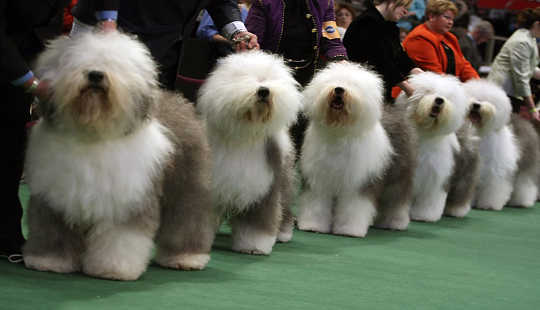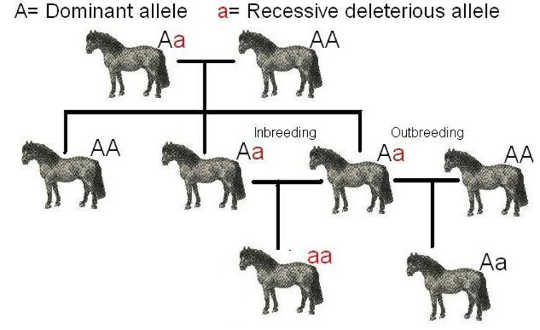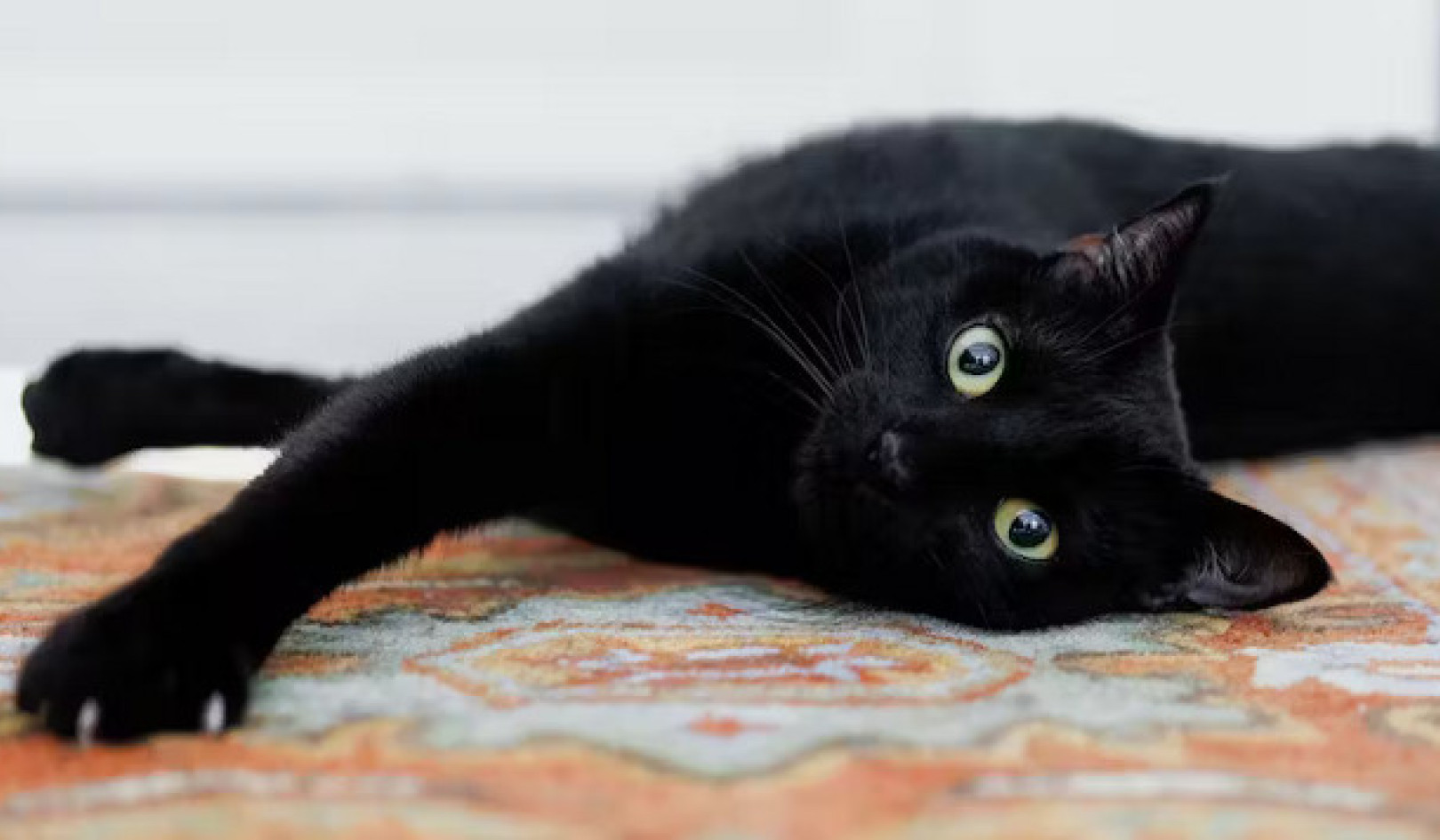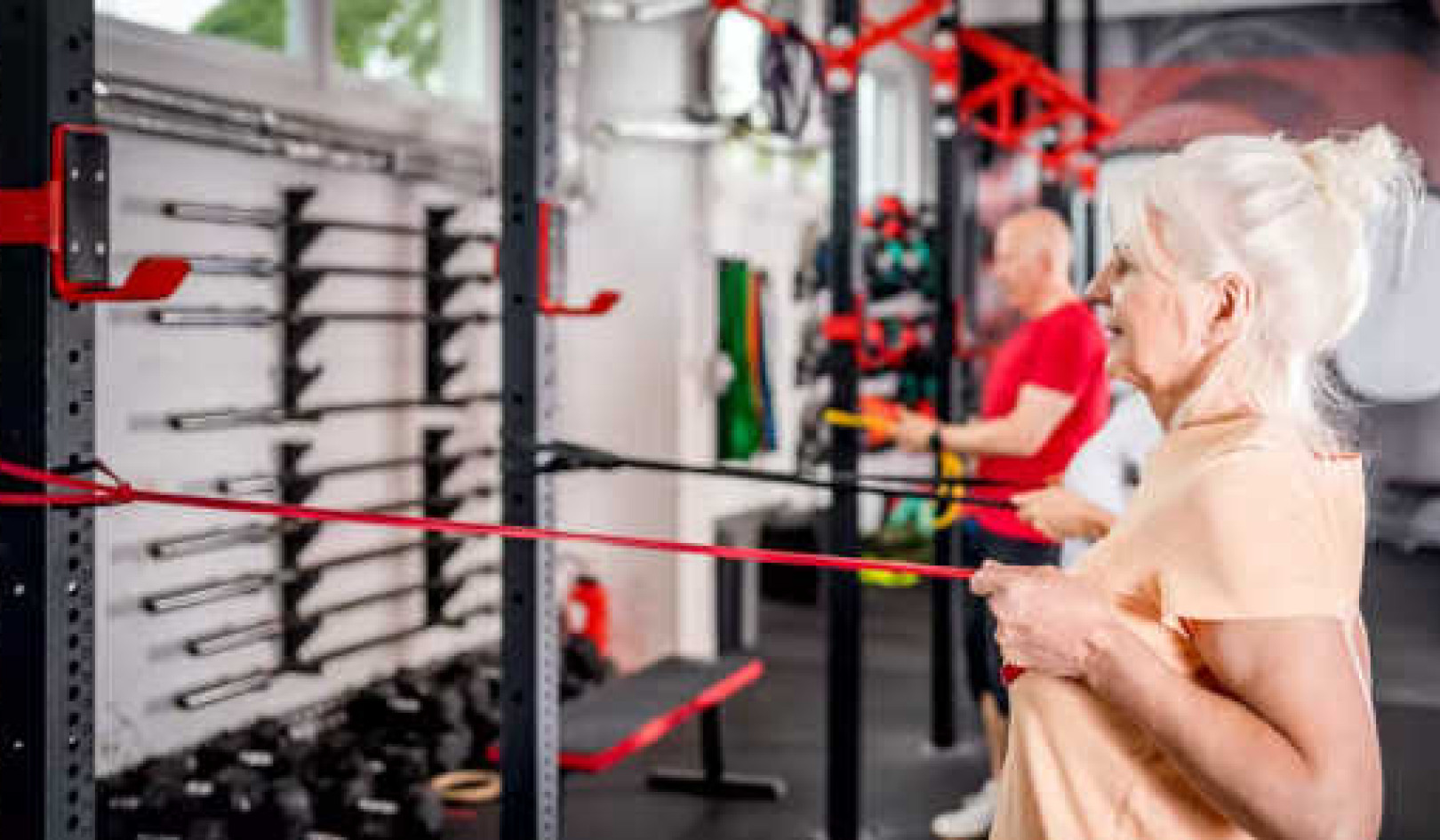
A German shepherd with a sloping back that was awarded best of breed brought the dog show Crufts in for this year’s annual bout of criticism. Viewers took to social media to accuse the owner of animal cruelty by suggesting that its unusual shape meant the dog must suffer health problems brought on by inbreeding – something the owner denied. This is a common criticism levelled at dog breeders, but how accurate is it and how widespread is the issue?
Breeders of purebred dogs and other animals face a dilemma that reflects a confusion in the minds of those who believe that “purebred” is good but “inbred” is bad. Breeders want to produce animals that have certain physical and behavioural characteristics, and so they mate individuals that both carry the desired traits, which often means related individuals. The offspring are then more likely to carry genes that favour these traits, but they also have less genetic variation overall, which can lead to health problems.
The health problems may not be evident when looking at pedigree pups for sale, but the mostly-hidden side of animal breeding is the rate of ill animals produced as a consequence of intensive breeding. Purebred and inbred are two sides of the same coin.
Widespread practice
Why is reduced genetic variation bad? In general, genetic diversity produces a range of mechanisms to help living organisms cope with the different challenges of their environment. If you have a sub-optimal version (or “allele”) of a gene inherited from your father, you may avoid the problems it could cause if you also inherited a better version of that gene from mother (or vice versa). However if your mum and dad are related, then you may get the deficient gene from both parents, and then there’s no escape.
Inbreeding is sometimes measured with the probability of inheriting the same allele from both parents because they shared an ancestor in the recent past. But for any study intergenerational breeding makes it hard to decide what counts as a generation, and there is not consensus on how many generations should be included. So we have to interpret reported inbreeding measurements with caution.
To make inbreeding coefficients more meaningful, population geneticists sometimes speak of an “effective population size“. If a breed has an effective population size of 50 (a typical value for dog breeds), it means that mating practices in the breed generate the same level of inbreeding as a randomly-mating population of 50 animals (where inbreeding is caused by the small numbers rather than mating relatives).
Sometimes you might hear that an effective population size of under 50, for example, means that the population is doomed to extinction. But such rules are approximate and only apply in the wild. A population’s survival depends on its environment, which is usually benign for pedigree pups selected for sale or breeding.
 Breeding in bad genes. Wikimedia CommonsSo how big a problem is inbreeding in the dog training community? In 2008, we and our colleagues reported inbreeding levels in ten major dog breeds over seven generations using the records of the UK Kennel Club. We found high levels of inbreeding, corresponding to effective population sizes of just a few tens for some breeds, despite census sizes in the thousands.
Breeding in bad genes. Wikimedia CommonsSo how big a problem is inbreeding in the dog training community? In 2008, we and our colleagues reported inbreeding levels in ten major dog breeds over seven generations using the records of the UK Kennel Club. We found high levels of inbreeding, corresponding to effective population sizes of just a few tens for some breeds, despite census sizes in the thousands.
Mating even between first-degree relatives was permitted then (but is now banned by the Kennel Club), yet the biggest contributor to reduced genetic variation was the phenomenon of “popular sires”: we found many sires with over 1,000 offspring. These sires inevitably carry at least a handful of genes that are likely to cause serious health problems and so become common in the whole population within just one generation.
The effects of intensive inbreeding in pedigree dogs are hard to measure, though high prevalences of specific illnesses in specific breeds are well known. For example, up to 95% of Cavalier King Charles spaniels are thought to suffer a form of brain deformation that leads to over 50% experiencing the condition syringomyelia, in which a spinal cord cyst damages the nervous system. In this way, the welfare of much-loved pets can be highly compromised by standard breeding practices.
Addressing the problem
There is no complete solution to the problem. The best health outcome for dogs is diversity in mating, which is the opposite of what breeders want to do. We suspect that many in the dog breeding world refuse to acknowledge any problem or agree to change their practice for fear of a “slippery slope” towards open registries or even the banning of dog breeds, as some animal rights activists advocate. Dog clubs have limited opportunities to make changes that are not widely supported by members. Ultimately they are like businesses and their customers (the dog breeders) can go elsewhere.
Following a hard-hitting BBC TV documentary “Pedigree dogs exposed”, broadcast in 2008, the Kennel Club did finally move to ban mating between first-degree relatives and undertook a number of other initiatives to promote dog health. It now offers an online tool that can report the relatedness of potential mates.
One possible compromise between critics and proponents of dog breeding is to select mate pairs that have the desired traits but are not closely related, which is encouraged by some Scandinavian clubs. A recent research paper supported by the UK Kennel Club reported a welcome reduction in the intensity of inbreeding in recent generations. But it also claimed, implausibly, that the loss of genetic variation in UK dog breeds is now “sustainable” and even that there was some “restoration of genetic variation”. This minimises rather than fully confronts the problem.
Finally, it’s poignant that the topic of dog inbreeding has been brought to the fore by the Crufts German shepherd. Even if breeders did their utmost to minimise inbreeding, canine health would still be in jeopardy as long as unhealthy genetic characteristics are actively selected because people believe they make the dogs look more attractive.
About The Authors
David Balding, Professor of Statistical Genetics, University of Melbourne. He has worked to develop and apply mathematical/statistical/computational methods and ideas in genetics and has contributed to aspects of population, evolutionary, medical and forensic genetics.
This article originally appeared on The Conversation
Related Book:
at InnerSelf Market and Amazon























